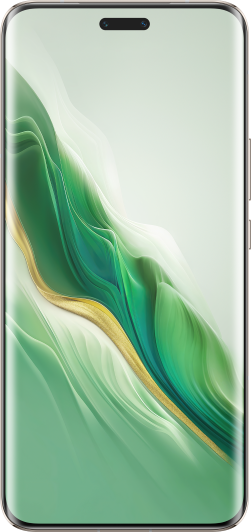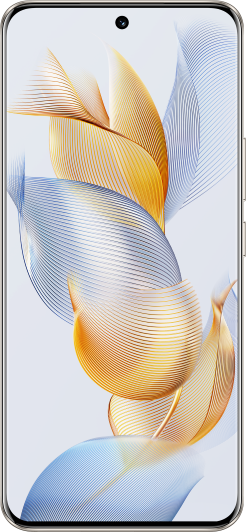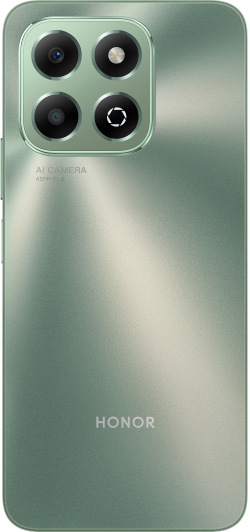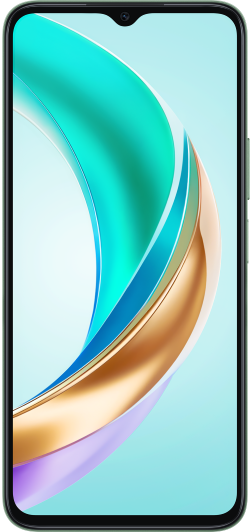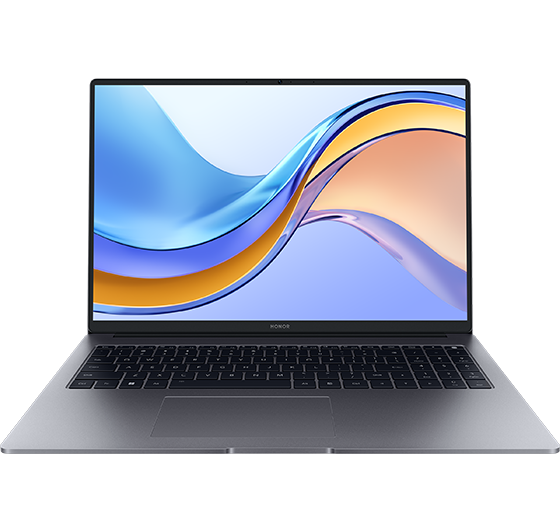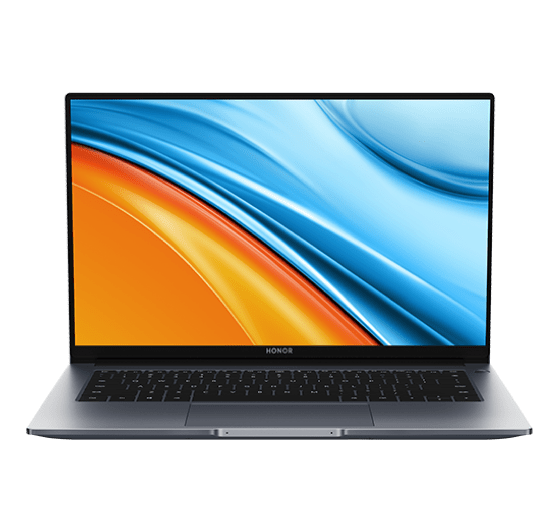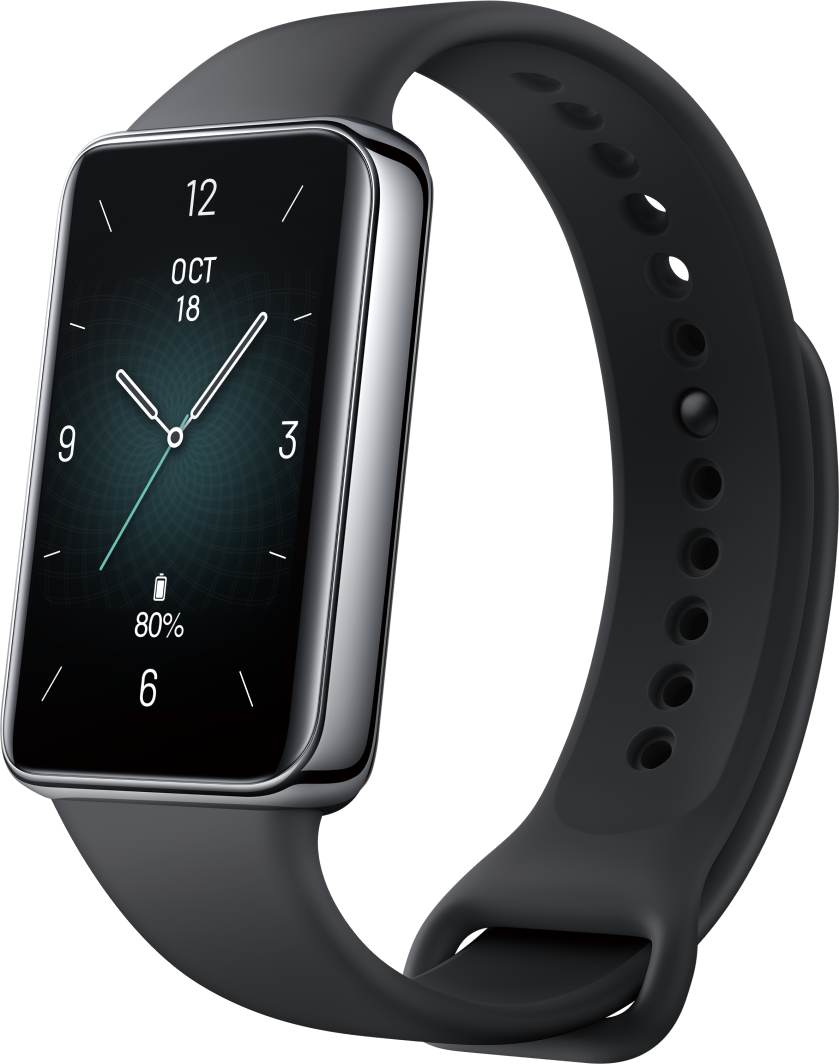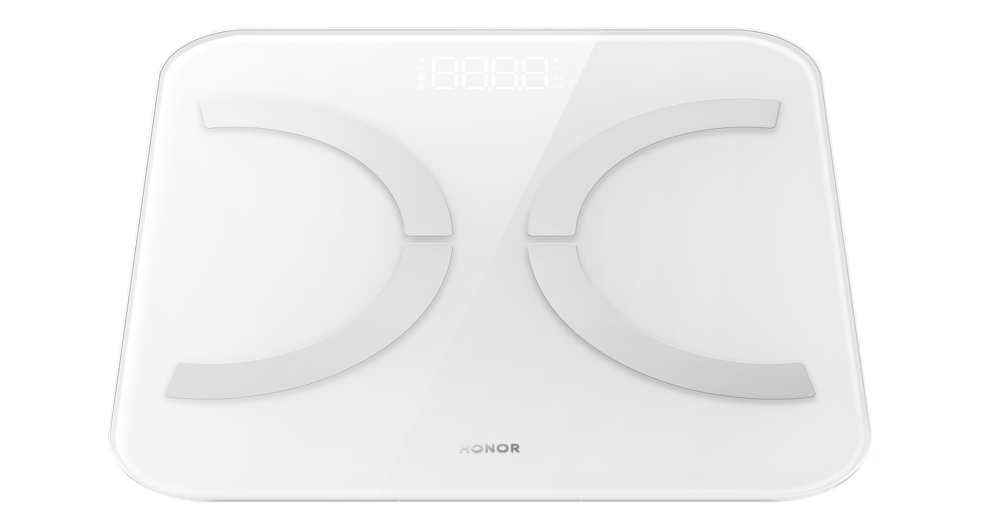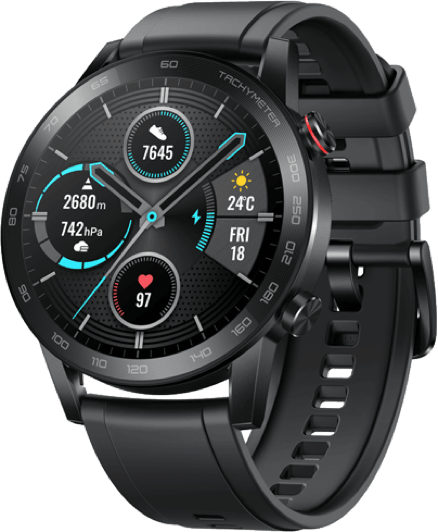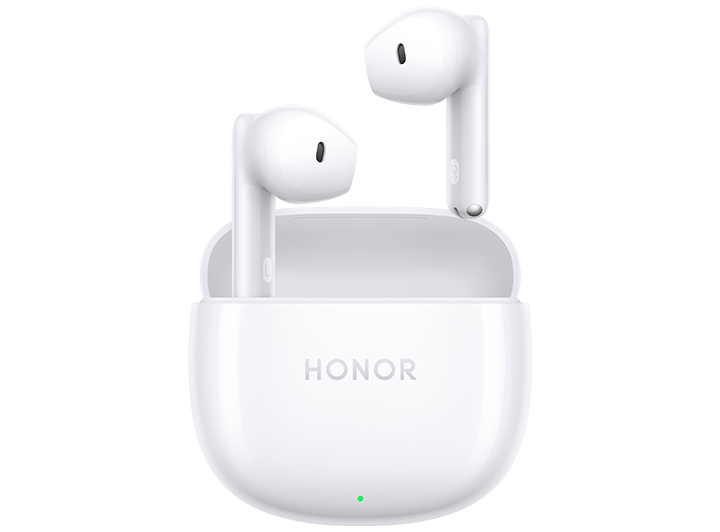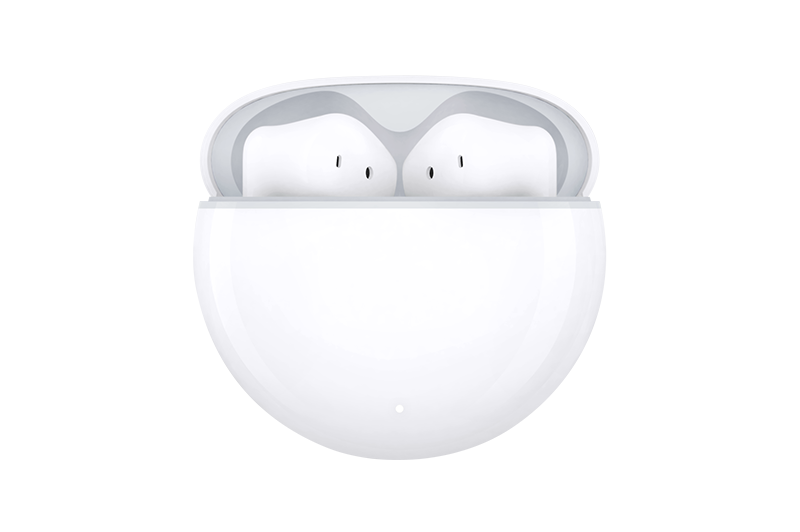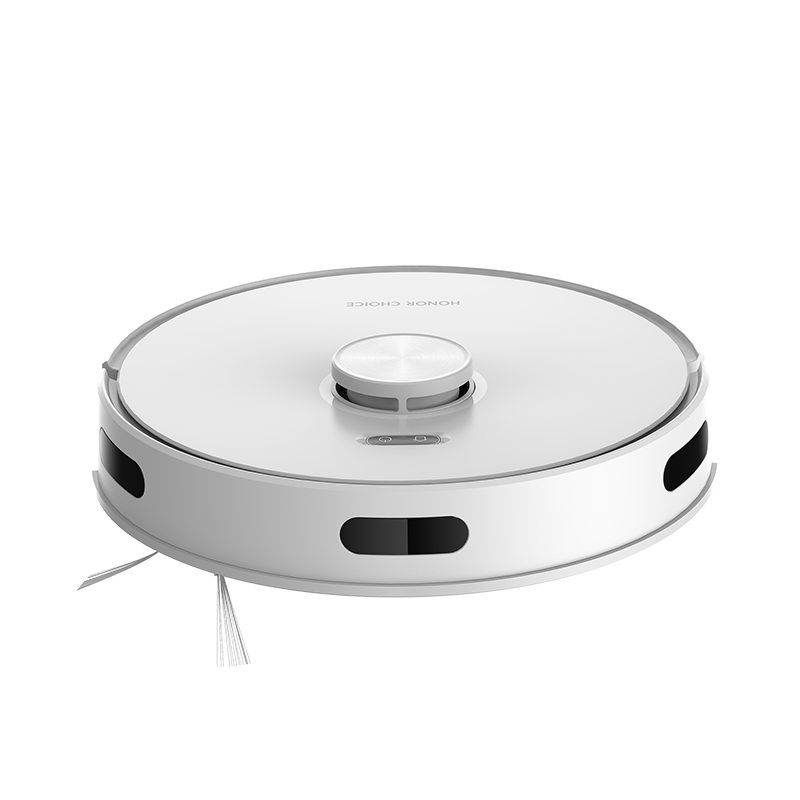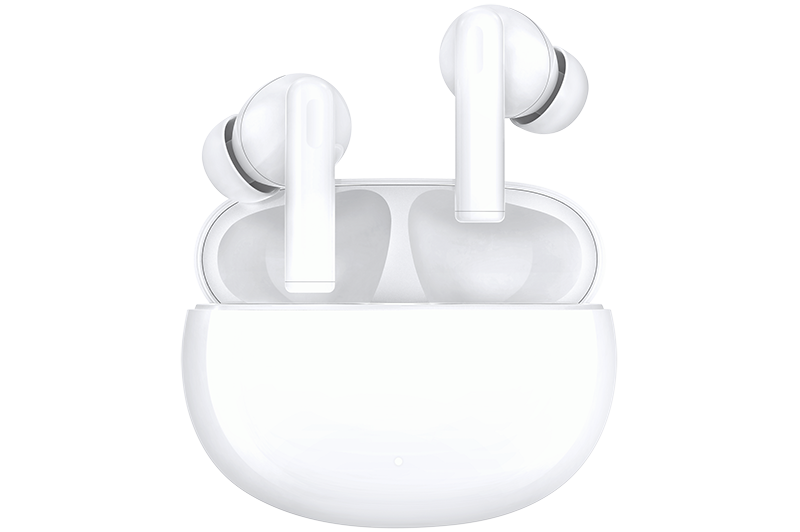The computer runs slowly and freezes
| The computer runs slowly and freezes |
Perform the following to troubleshoot the issue:
Windows system updates or downloads occupy a large amount of resources, which may cause the computer to respond slowly.
If there is a patch to be updated, the computer will automatically update the patch when it is connected to the power supply. You are advised to wait until the update is complete and try again. Alternatively, you can use the Windows Update Assistant to manually upgrade the software to the latest version. (You can check whether there is a Windows update process in Task Manager. Alternatively, check whether there is a package that is being downloaded and installed under Settings > Updates & security.)
Check whether third-party anti-virus software has been downloaded on the computer.
Check whether there is more than one anti-virus software installed on your computer. Only one anti-virus software should be installed on your computer, otherwise they may come into conflict with each other and result in the system beginning to lag. You can uninstall software that you do not use frequently. To do this, perform the following:
Press the Win and R keys at the same time to display the Run window.
Enter "appwiz.cpl" and then click OK.

Right-click the software you want to uninstall, then click Uninstall/Change.

Clear background programs.
Check whether the CPU usage is too high. If yes, end processes with a high CPU usage or with abnormal behavior shown in Task Manager, and then try again. When multiple CPU-intensive software is used, it will have a high CPU usage, resulting in the computer running slowly. To clear background programs, perform the following:
- Right-click any blank area on the taskbar or click
 , select Task Manager, select apps that have occupied lots of memory or disk space, and click End Task.
, select Task Manager, select apps that have occupied lots of memory or disk space, and click End Task.
- The following figure shows the window of Task Manager:

- Click CPU and Memory to check whether there are some unnecessary processes or tasks that are taking up lots of CPU or memory. If so, right-click the unnecessary task, then select End task, or click the task and then click End task in the bottom-left corner.

- Right-click any blank area on the taskbar or click
Check whether there are viruses or malicious software has been installed.
If your computer freezes or runs slowly after you install some software, this issue may be because you have installed malware or your computer is infected with a virus.
Remove any malware or scan for viruses before continuing to use your computer. The actual steps are the same as those used for uninstalling third-party anti-virus software.
- Clean up disks.
Insufficient disk space may cause the system to run slowly or get stuck.
Performing operations on disks may cause data loss. Back up any important data before proceeding.
- Open This PC, right-click Windows (C:), and select Properties. Click Disk Cleanup under the General tab. Check files that you want to delete and click OK. Then click Delete Files.


Perform the same operations for other drives on the computer.
- It is recommended that you optimize and check the drives once a week. To do this, open This PC, right-click Windows (C:), and select Properties. Click Tools and then click Check to determine whether the disk is faulty. If so, click Optimize, select the driver you want to optimize, then click Optimize. It is recommended that you optimize the drive once a week.
- Open This PC, right-click Windows (C:), and select Properties. Click Disk Cleanup under the General tab. Check files that you want to delete and click OK. Then click Delete Files.
You can also clean up system junk files and temporary files by optimizing the software.
- Use the HONOR PC Manager system optimization function to clean up system junk.
- Clearing the computer's temporary files.
- Click the Windows icon and the Settings icon, and then click System.

- Go to Storage > Temporary files.

- Select the names of the temporary files that you want to delete and click Remove files.

Once you have selected the temporary files you want to delete, read the notices for each file carefully to avoid mistakenly clearing files.
- Click the Windows icon and the Settings icon, and then click System.
Check that the computer is not overheating. Make sure none of the vents are blocked, as this could stop the computer letting off heat properly. Your computer will generate heat during use. When the heat generated reaches a certain extent, the clock speed will decrease due to the self-protection mechanism of the CPU, resulting in the system beginning to lag.
- If the issue persists, back up important data, then press and hold F10 during startup to restore your computer to its factory settings.
Restoring your system to the factory settings will clear all your data in the C drive. Back up any important data before you proceed.
微信扫描二维码分享文章
More Support












